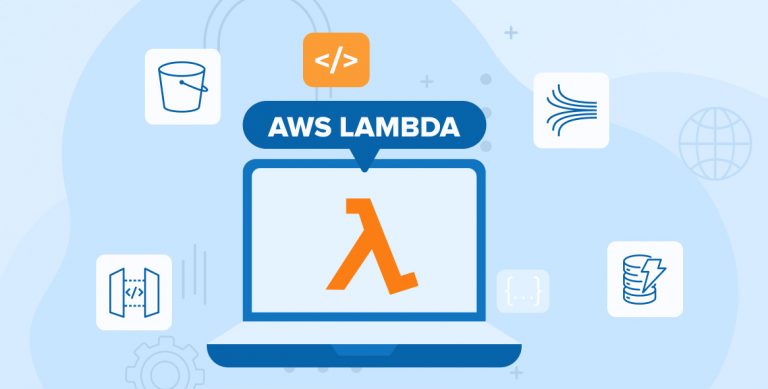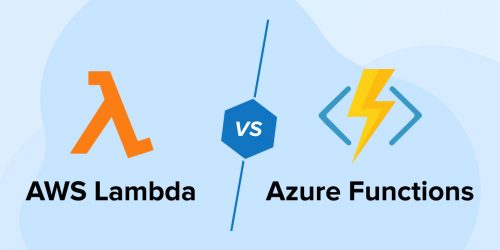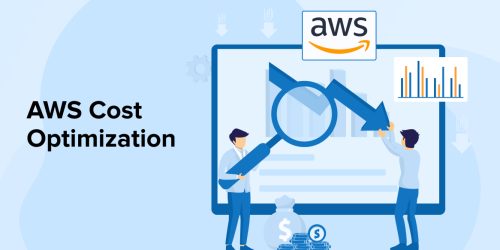Related Blogs
Table of Content

Do you want to create server less computing services for your business? If yes, then Amazon web services offer AWS Lambda which is the perfect tool for you. It can help you create functions and self-contained applications with supported languages and runtime. We can upload those functions to AWS Lambda. AWS Lambda efficiently executes those functions. Serving web pages, processing streams of data, calling APIs, and integrating with other AWS services are to name some computing services that Lambda functions can deliver.
AWS Lambda provides serverless service which means you don’t need a server to run this function. AWS takes care of all the infrastructure for that. You just need to write application code and upload it there and AWS will take care of everything required to run with high availability. AWS services allow you to choose for calling the functions either directly from a web or a mobile app or you can call it from another AWS service.
Languages and Run time Supported by AWS
- Python
- Node.js
- Ruby
- Java
- Go
- C# – .NET Core
- PowerShell
AWS Lambda allows you to create functions from AWS console as well as you can create your function on your environment and deploy it to AWS. AWS provides a default blueprint template to create Lambda Functions.
1. Advantages of AWS Lambda
- Pay per use: AWS Lambda charges you as per your usage. It depends on function computing and network traffic generated by your function.
- Scalable: AWS Lambda creates an instance of your function as you requested. It is highly scalable too. Hence, you can change it whenever you want.
- Serverless Infrastructure: Once you have deployed your function on AWS Lambda, You don’t need to worry about the server. AWS takes care of everything for you.
- Integration with AWS Products: AWS Lambda provides integration with other AWS Products like S3, API Gateway, DynamoDB, etc. for you to use with the lambda function for your app.
- Monitoring with CloudWatch: You can add logs to your AWS Lambda code and easily filter it on Cloud watch. Also, you can monitor performance in real-time on cloud watch.
- Quick Development: As it is serverless, you can just need to code your logic and deploy it to run and execute. For some languages, you can even create/edit your function directly on your browser and quickly deploy that in case of any issue.
- Event-Driven: AWS Lambda is event-driven, so your code will execute only when it is required. For example, someone has uploaded some file on S3 and bucket and that event is fired, or when something is processed and you want to send an alert notification or email.
2. Limitations
- Package Size: It’s limited to 50MB with the compressed package and 250MB of uncompressed.
- Timeout: Maximum timeout value allowed for any function is 900 seconds i.e. 15 minutes. So in long-processes, it would prove to be useless.
- Concurrent execution limit: The Concurrent execution limit at the account level is 1000.
- Cold Start: AWS Lambda takes time to handle the first request.
- Memory: It allows you to select RAM for executing your function between 128MB to 3008MB with a step of 64MB.
- Cost: For simple functions with very little frequency it’s cost-saving. But If you want to use it for a high load application it may cost you more than using AWS EC2 sometimes.
3. AWS Lambda Vs AWS EC2
- AWS EC2 is Infrastructure as a service. It provides virtual computing resources while AWS Lambda is a Platform as a Service. You can also execute your code on AWS EC2 after uploading it there.
- With AWS EC2 you will need to install the required tools and software to run your code while with AWS Lambda you just need to select the environment and upload your code.
- AWS Lambda is restricted to a few languages but with AWS EC2, you can create your application in any language and run it by installing the required tools.
4. Conclusion
As we know, every technology has a few pros and cons. The importance and the value of an application totally depend on its usefulness to the client. As AWS Lambda is serverless, it is useful and cost-effective for small applications and it may be very costly for high load applications. It provides faster development and quick deployment.

Vishal Shah
Vishal Shah has an extensive understanding of multiple application development frameworks and holds an upper hand with newer trends in order to strive and thrive in the dynamic market. He has nurtured his managerial growth in both technical and business aspects and gives his expertise through his blog posts.
Related Service
Custom Software Development
Know More About Our Software Development Services
Learn MoreSubscribe to our Newsletter
Signup for our newsletter and join 2700+ global business executives and technology experts to receive handpicked industry insights and latest news
Build your Team
Want to Hire Skilled Developers?





If you're looking for serverless options then this article is a must go. It mentions strength and weaknesses of AWS Lambda also it has mentioned languages supported by it. Kudos to the author for explaining this complex topic and giving a brief.